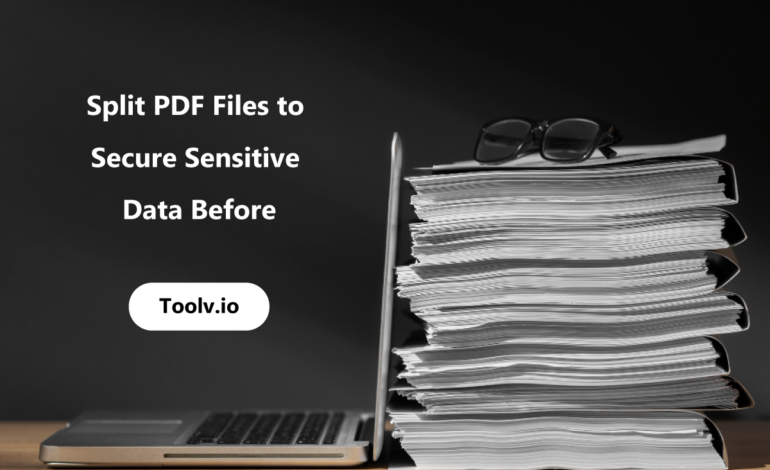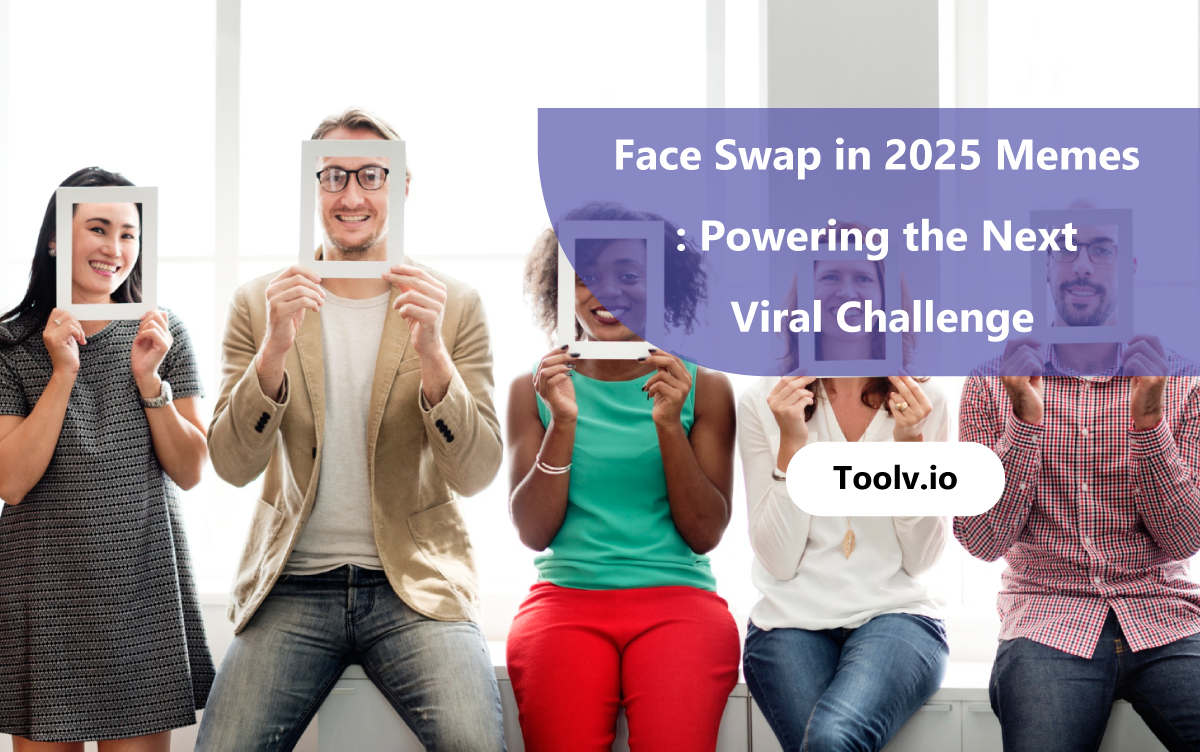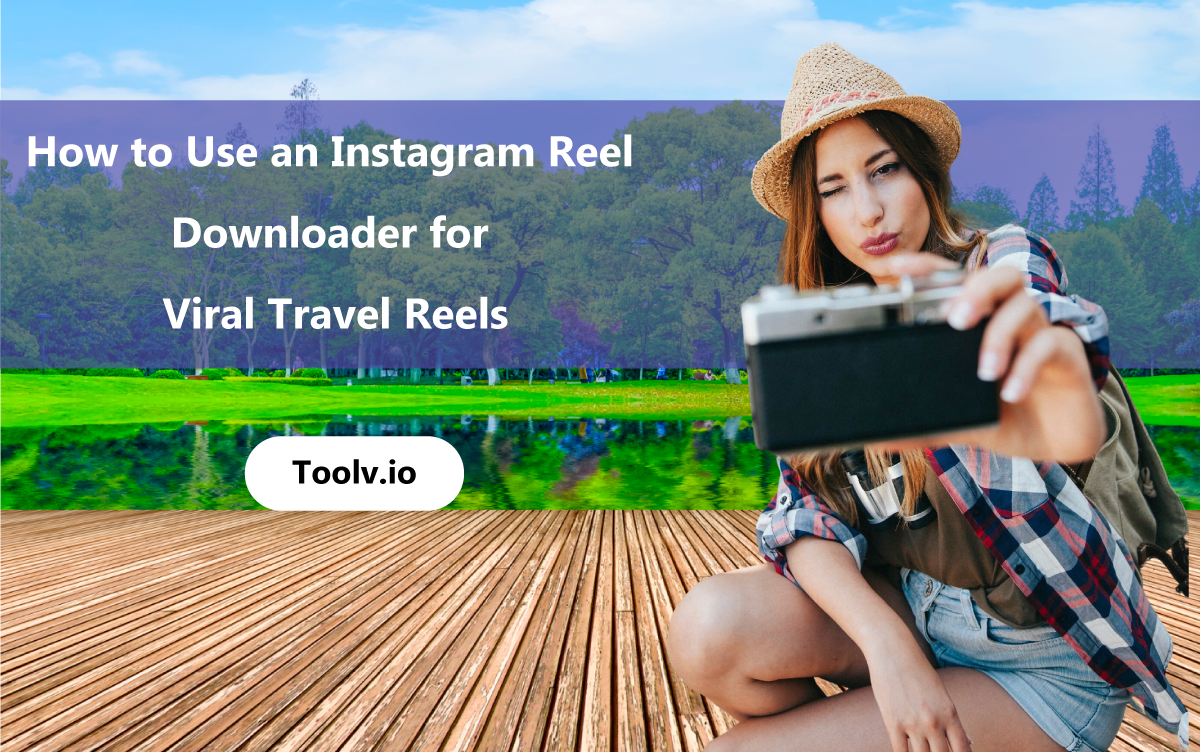AI Face Enhancer Tool: Best Techniques to Improve Portraits
The way we process and enhance photos has transformed in recent years, largely due to advances in AI face enhancer tools. What once required expensive software and professional skills can now be handled with just a few clicks. These AI-powered solutions allow users to refine facial details, sharpen features, and revive images that would otherwise be unusable. Whether you’re an amateur photographer, a social media enthusiast, or simply someone trying to recover an old photo, the right enhancer can make all the difference.
If your photos lack clarity or definition, using face enhancement AI can help restore subtle details like skin texture, eye brightness, and natural contours. This level of control not only saves time but also brings professional-level quality to everyday images.
What Makes an AI Face Enhancer Tool Stand Out?
While there are dozens of tools claiming to enhance facial quality, not all of them deliver equally well. A truly effective best face enhancer doesn’t just apply blanket filters—it intelligently analyzes the structure of a face and applies improvements in a balanced, human-like way. It recognizes and preserves natural expressions while reducing noise, correcting lighting, and improving sharpness.
The technology backing these tools relies on deep learning, where large data sets train neural networks to recognize what an “ideal” face should look like under different conditions. This is what allows the software to make real-time decisions about enhancing a photo without making it look artificial.
How AI Detects Flaws and Refines Facial Features
Unlike traditional image editing, portrait enhancer online tools work by detecting key facial landmarks—such as the eyes, mouth, and jawline—before initiating any improvement. The software identifies low-resolution areas and automatically increases their quality, often outperforming manual editing. Because it works by recognizing structure, it ensures symmetry and avoids over-smoothing, which has long been a complaint with basic editing apps.
Most importantly, the process is adaptive. It recognizes differences in lighting, skin tone, and resolution, and tailors its approach to each image. Whether the photo was taken on an outdated phone or scanned from a print, this kind of enhancement delivers consistent results.
Speed and Simplicity: The New Face of Photo Editing
A key reason for the popularity of AI face retouch tool options is how quickly they work. There’s no need for complex steps or layers of filters. Simply upload the image, and within seconds, the software delivers a version that’s clearer, brighter, and more refined.
This speed is particularly useful for content creators, businesses, and even job seekers who rely on clean profile pictures. It removes the dependency on manual editors, reducing costs and turnaround time significantly.
For users looking for multi-image editing, the Multi Enhancer tool makes it possible to process several photos at once, ensuring consistent quality across large batches without sacrificing precision.
Beyond Filters: Realistic Improvements with AI
The shift from filters to realism has changed how we define good enhancement. The goal isn’t to change how someone looks but to present them in the best version of reality. A good AI photo enhancer doesn’t alter the identity of the subject but enhances it, removing distractions like shadows, blemishes, or motion blur.
Unlike simple face apps that blur imperfections, these AI-based solutions recreate lost data with astonishing accuracy. Teeth whitening, eye sharpening, and even eyebrow detailing can now be done without leaving artifacts behind.
The Role of Resolution in Facial Quality Enhancement
Low-resolution images pose a unique challenge. Graininess, noise, and pixelation make facial features hard to read. This is where smart face enhancement truly shines. Rather than applying a standard fix, it reconstructs missing details by predicting texture and structure.
These models have been trained on millions of facial images, enabling them to “imagine” what’s missing. This doesn’t mean guessing—it’s a mathematical inference based on patterns that occur across real human faces.
Mid-resolution selfies or group photos often suffer from slight motion blur or compression. AI can isolate the face from the rest of the image and work specifically on it, offering targeted upgrades without compromising the image’s overall integrity.
To experience this type of enhancement yourself, try the Face Enhancer Tool. It’s optimized to provide sharp, clean portraits from even the most flawed inputs.
Fixing Blurry Photos Without Losing Realism
One of the most requested improvements today is the ability to enhance blurry face images. These could be candid photos, screenshots, or scanned documents. Instead of sharpening everything—often a mistake with manual editors—AI can selectively improve the parts of the image that matter most: the eyes, mouth, skin, and hair.
The improvement is subtle but striking. Faces regain their definition without becoming overly processed or uncanny. This is ideal for photo restorers and families looking to salvage older prints that hold sentimental value.
Importantly, this technique can also help improve Zoom screenshots, ID photos, or even security camera images where the subject’s identity needs clarification.
Technical Backing: How the Algorithms Work
The secret behind these enhancements lies in convolutional neural networks (CNNs). These models break down the face into small sections and analyze the image pixel by pixel. It helps the face enhancement software to make decisions about where to add detail, correct contrast, or adjust color tones.
Over time, these networks become more accurate as they train on diverse facial data. Some tools even employ generative adversarial networks (GANs) to further improve realism by comparing generated images with actual high-quality photos.
It’s this pairing of scientific precision and artistic rendering that makes AI-driven face tools vastly superior to basic app filters.
The Accessibility of Online Face Tools
What makes these tools widely appealing is their availability. Anyone with an internet connection can access a high-end online face enhancer without downloading bulky software. Most platforms offer browser-based interfaces with drag-and-drop functionality.
For digital marketers, influencers, and even educators, the accessibility factor means they can maintain a polished presence without a background in design. This opens up doors to consistent branding, better audience engagement, and a higher level of trust in visual presentation.
Even older users or those not tech-savvy find these tools straightforward. Upload a photo, wait a few seconds, and download a clearer version—it’s that simple.
When to Use a Face Enhancer (And When Not To)
While the benefits are obvious, there are still moments where subtlety is key. Professional headshots, wedding photos, or passport images may require only light improvements. Over-enhancing can sometimes lead to visual inconsistency, especially when mixed with untouched images.
That’s why the top platforms let you control the intensity of enhancement. Some allow side-by-side comparisons before and after changes. Whether you’re using a portrait enhancer online for social media or personal archives, knowing when to stop is just as important as knowing how to start.
Preserving Natural Expression in AI Edits
A major advantage of using an AI face enhancer is its ability to maintain natural facial expressions. Unlike older tools that often flatten personality by over-blurring skin or reshaping features, today’s AI understands emotional nuances.
This means smiles stay genuine, eye twinkles aren’t lost, and skin doesn’t look unnaturally flawless. These subtleties matter, especially in portraits, where expression communicates more than just visual information.
In group photos, this preservation is critical. Witha smart AI application, each face in the image receives personalized attention, which was once only possible through manual editing.
Compatibility With Different Photo Types
Not all photos are the same. A tool that works well on a selfie may not do justice to a studio shot or a night-time candid. The advantage of intelligent enhancement tools is their ability to adapt.
Whether you’re uploading a profile picture, scanned photograph, or a casual image from your gallery, face enhancement AI solutions auto-detect the lighting, resolution, and structure to tailor the enhancement accordingly.
Even if the background is noisy or cluttered, the tool isolates the face and works only on what matters. This improves the overall visual impact without changing the essence of the photo.
The Future of Face Enhancement: Where It’s Headed
Though already impressive, these tools are constantly improving. Developers are integrating voice and video support, letting users enhance faces within moving frames. The current generation of AI face retouch tool platforms is also being adapted to work in live streaming scenarios, helping creators look their best in real time.
With the evolution of hardware and 5G speeds, browser-based editing is becoming even more seamless. We’re approaching a point where high-resolution edits happen instantaneously, even on mobile devices.
Still, at its core, the objective remains the same—preserve realism, restore clarity, and enhance confidence in every photo.
Conclusion
The era of complicated editing suites and time-consuming photo corrections is coming to a close. Thanks to AI face enhancer tools, anyone can achieve crisp, lifelike results with minimal effort. The technology works not just because it’s smart, but because it understands the intricacies of the human face, down to the smallest wrinkle or smile line.
It’s no longer about making faces look different. It’s about showing them in their best light, with honesty and elegance. As long as people keep capturing memories, tools like these will keep those memories looking their best.
FAQs
What does an AI face enhancer do to improve my image?
It sharpens facial features, improves clarity, and removes blurs or distortions using AI models.
Can I use a face enhancement AI tool on scanned or old photos?
Yes, it works well on vintage or low-res images by restoring lost facial detail and texture.
Is the online face enhancer tool free to use?
Most tools offer basic features for free, with advanced options available in premium versions.
Will the tool change how my face looks?
No, it enhances clarity and details without altering your unique facial identity or expression.
Can it enhance blurry face images from videos or screenshots?
Yes, AI tools are trained to restore clarity in low-quality or motion-blurred facial images.



